#historic sites
Text

Courtyard of castle in Karpniki, Lower Silesia, Poland.
#karpniki#castle karpniki#zamek karpniki#dolny śląsk#bassa slesia#lower silesia#niederschlesien#polska#polonia#poland#polen#historic sites
3 notes
·
View notes
Text

Posed at the Parthenon. Vintage snapshot photo of a man in Athens, Greece.
On Etsy: https://www.etsy.com/listing/1442335433/
9 notes
·
View notes
Text
Biden declares emergency island of Maui devestated by wildfires
Much of Lahaina, a touristic and economic hub of 9,000 people, has been destroyed, and hundreds of families have been displaced. Hundreds of structures have also been impacted, including several historical sites that date to the 1800s.
Most of the fires on Maui — fueled in part by violent winds from Hurricane Dora churning around 800 miles away — have not yet been contained.
2 notes
·
View notes
Text
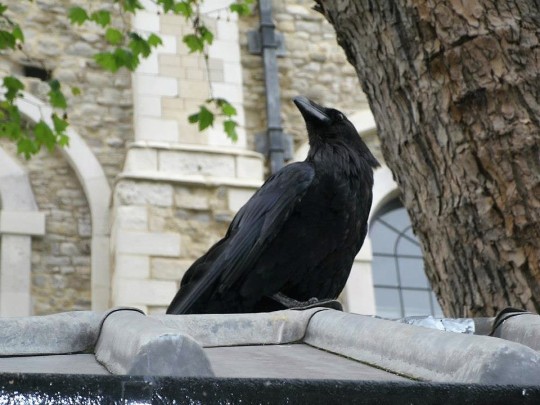
It's said if the ravens leave Tower Hill, the British monarchy will fall
#Tower Hill#raven#monarchy#London#British History#UK#Tower of London#Historic sites#yeomen#omen#feed me
29 notes
·
View notes
Photo

Ambassador Hotel Los Angeles, 1930
Theme Week: Travel 🌎
The Ambassador Hotel was home to six Academy Award ceremonies and a popular L.A. nightclub in the 1930s, ‘40s and ‘50s called Cocoanut Grove. It was also the site where Senator Robert F. Kennedy was assassinated in 1968. The hotel went out of business in 1989 and was demolished in 2006.
28 notes
·
View notes
Note
When I visit a historic site like a battlefield, I always feel something real not just emotional, like a presence, I know I probably sound crazy but do you ever feel that and what do you think it is?? (I promise I don't believe in ghosts!!)
I understand what you describe feeling when visiting historic sites. I’ve felt it, too. But, in my opinion, the difference is that you aren’t feeling a presence, you’re feeling the absence of something often monumentally (often literally) important to our story as a people. We know we are standing in a place where something happened that will — or should — never be forgotten. But instead of hearing the echoes of last breaths and final words, iconic speeches and critical decisions, gunshots and cannon fire, we feel their weight through their absence. And in wide open spaces, like battlefields and cemeteries, especially when it’s quiet, it’s haunting and visceral and beautiful and terrible.
No, I don’t think you sound crazy at all. We’re all being chased by our own ghosts, real or imagined. I think that’s why I’ve always loved history so much; I’ve always had the unfortunate habit of not fully appreciating things until long after they are gone, so it’s nice to balance that out with the understanding that today is going to be another opportunity to learn about yesterday and tomorrow can just be the next day’s history lesson.
#History#Life#Battlefields#Monuments#Cemeteries#U.S. History#World History#Historic Sites#Ghosts#Echoes#Lessons#History Lessons
5 notes
·
View notes
Link
“many of the sites on this year’s list also reflect communities that have been historically underrepresented in what we collectively preserve and interpret, which means society has often devalued or deemphasized the places connected to those stories. And without sustained recognition, preservation, interpretation, and funding, places like these are often at greater risk of loss and erasure—losses that would diminish us all.”
#National Trust for Historic Preservation#historic sites#cultural landscape#cultural heritage#osage nation#picture cave#buffalo soldiers#Japanese internment camps#chicano/a/x murals#climate change
7 notes
·
View notes
Photo
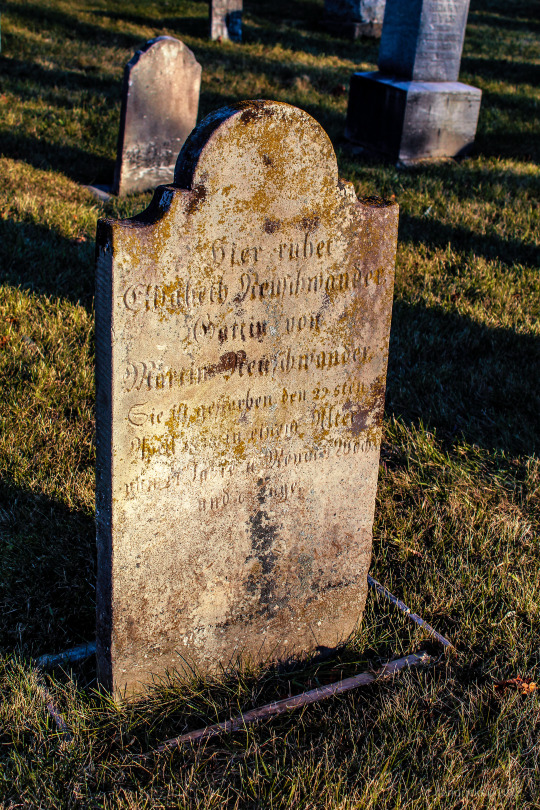
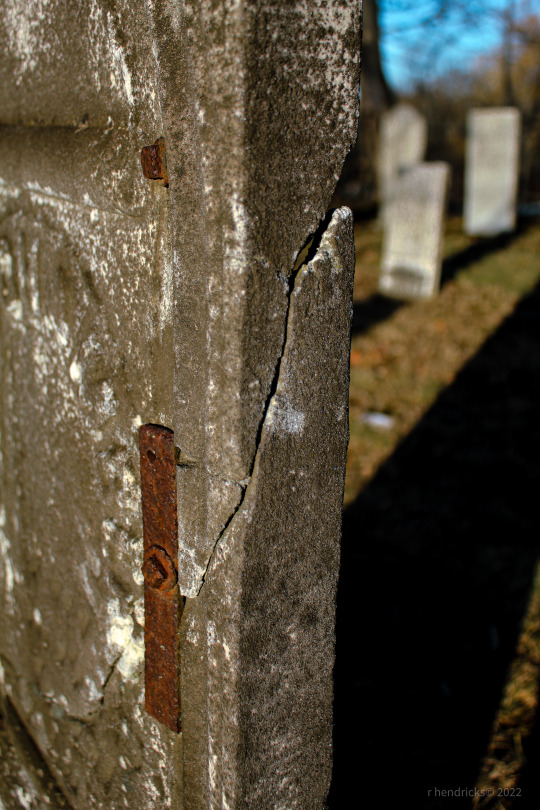
D is for:
Deutsch
Damaged
Dead
#photo365#D is for#Deutsch#Damaged#headstone#cemetery#taphophilia#backroads#ontario#headstone repair#historic sites
5 notes
·
View notes
Photo
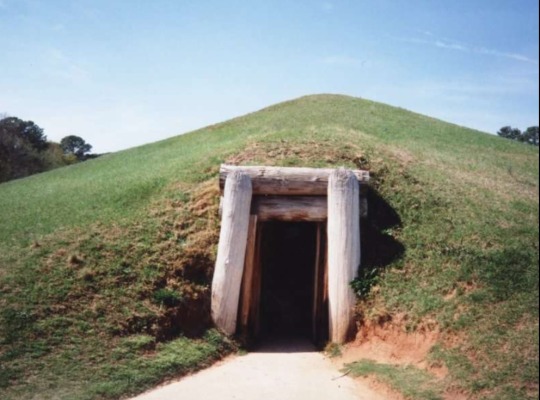
Ocmulgee earth lodge, Macon, Ga., USA

Earth lodge interior, Mandan town On-a-Slant, Fort Abraham Lincoln State Park, North Dakota
#historic recreation#native americans#north dakota#georgia#earth lodge#usa#historic sites#history#mandan tribe#historical parks#native american life
3 notes
·
View notes
Text
Un baile bajo una noche estrellada. Tikal, Templo del Gran Jaguar.
Tikal es una antigua ciudadela maya en los bosques tropicales del norte de Guatemala. Se cree que data del siglo I d. C. Tikal floreció entre los años 200 y 850 d. C. y luego fue abandonada. Sus ruinas icónicas de templos y palacios incluyen la gigante pirámide ceremonial Mundo Perdido y el Templo del Gran Jaguar. A 70 metros, el Templo IV es la estructura precolombina más alta de América y tiene vista panorámica.
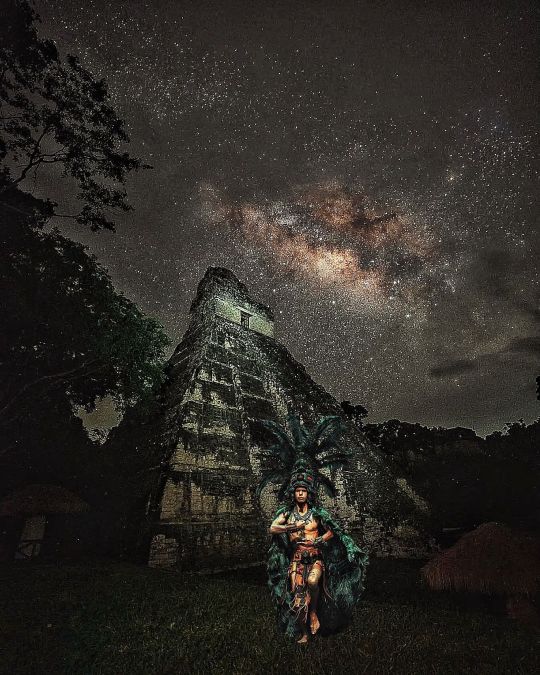
#tikal fanart#guatemala#guatemalteco#guatemela#piramid#pirámides#estrellas#estrellita#indigenas#cultura#civilización#central america#historic sites#mayan ruins#ancient warrior#temples#archaeology#archaeological sites#digital edition#snapseed#double exposure#dobleexposicion
6 notes
·
View notes
Text
#Content Creation#historic sites#location shoot#Mumbai#music videos#Photography#pre-wedding shoot#Scene Locate#SceneLoc8#vloggers#film shooting
0 notes
Text
Historic Sites of the World: A Journey Through Time
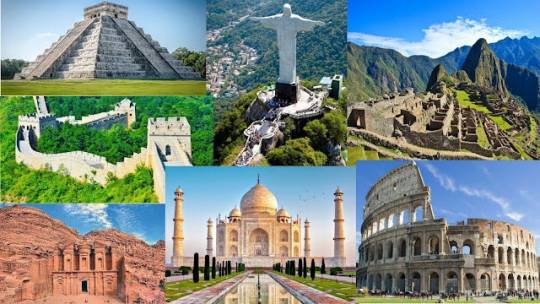
Embarking on a journey to the historic sites of the world is like flipping through the pages of a living history book. Each site tells a story, whispers secrets of the past, and offers a tangible connection to the epochs and people who shaped our world. From the pyramids of Egypt to the ancient ruins of Greece, these sites stand as testaments to human ingenuity and perseverance.
The Importance of Historic Sites
Historic sites are much more than mere tourist attractions; they are vital links to our past, offering tangible connections to different eras and cultures.
Cultural Significance: These sites are key to understanding various cultures and civilizations. They provide insights into historical events, social structures, and the everyday lives of people from different times.
Educational Value: Historic sites serve as open-air museums, providing educational opportunities for all ages. They help in bringing history to life, making it more tangible and relatable.
Preservation of Heritage: Protecting these sites ensures that future generations can learn from and appreciate our shared human history. They are a testament to human achievements, struggles, and evolutions.
UNESCO World Heritage Sites: Preserving Global Heritage
UNESCO World Heritage Sites are landmarks recognized for their outstanding universal value to humanity, whether cultural, historical, scientific, or natural.
Global Recognition: These sites are deemed so valuable to the world that their preservation is considered important for all people, regardless of their origin. Examples include the Taj Mahal in India, the Great Barrier Reef in Australia, and the Galápagos Islands in Ecuador.
Conservation Efforts: Being listed as a UNESCO World Heritage Site helps in securing international support and funding for conservation efforts. This status also raises awareness about the importance of preserving these sites.
Cultural Diversity and Unity: UNESCO sites showcase the diversity of human culture and natural landscapes across the globe, yet they also highlight the universal values that connect us all.
Ancient Civilizations and Their Ruins
The ruins of ancient civilizations offer a unique window into the past, allowing us to witness the remains of bygone societies.
Egyptian Civilization: The pyramids and temples along the Nile River Valley, such as those in Luxor and Giza, offer insights into ancient Egyptian beliefs, social structure, and architectural prowess.
Greek and Roman Civilizations: Ruins like the Parthenon in Athens and the Forum in Rome illustrate the advancement in politics, philosophy, and arts achieved by these civilizations.
Mesoamerican Civilizations: Sites such as Chichen Itza in Mexico and Machu Picchu in Peru reveal the complexity of societies like the Mayans and Incas, particularly in astronomy, architecture, and agriculture.
The Art of Preservation and Restoration
Preserving and restoring historic sites is both an art and a science, essential in keeping the legacy of our past alive.
Challenges of Preservation: The main challenge in historic preservation is to maintain the authenticity and integrity of the site while ensuring its longevity. Environmental factors, human-induced damage, and the passage of time all pose threats to these ancient landmarks.
Restoration Techniques: Restoration often involves meticulous research and the use of traditional techniques and materials. For instance, the restoration of the Acropolis in Athens involves careful study of ancient techniques to preserve its original appearance.
Role of Technology: Advanced technologies like 3D scanning and digital modeling play a significant role in restoration projects, allowing for accurate repairs and reconstructions.
Architectural Marvels Through the Ages
The world's architectural marvels provide a physical timeline of human history, showcasing the evolution of design and construction techniques.
Classical Architecture: Ancient Greece and Rome set the foundations for Western architecture. Structures like the Parthenon and the Colosseum are emblematic of the classical architectural styles that have influenced generations.
Gothic Architecture: This style, flourishing in medieval Europe, is characterized by its pointed arches, ribbed vaults, and flying buttresses, with the Notre-Dame Cathedral in Paris being a prime example.
Modernist Architecture: The 20th century brought about architectural modernism, focusing on functionality and simplicity. The Guggenheim Museum in New York exemplifies this shift with its unique, spiral design by Frank Lloyd Wright.
Museums: Gateways to the Past
Museums play a crucial role in preserving and showcasing humanity's cultural and historical heritage.
Custodians of History: Museums house priceless artifacts and artworks, ranging from prehistoric tools to contemporary pieces, acting as custodians of human history.
Educational Role: They serve an educational purpose, offering visitors insights into different cultures, eras, and societies. Interactive exhibits and educational programs help bring history to life for all ages.
Iconic Institutions: Some of the world's most famous museums, such as the Louvre in Paris, the British Museum in London, and the Smithsonian Institution in Washington, D.C., not only house extensive collections but are also architectural marvels in their own right.
The Process and Significance of Archaeological Excavation
Archaeological excavations are key to uncovering the mysteries of the past and understanding the development of human civilization.
Excavation Process: This involves carefully unearthing artifacts and structures from beneath the earth, using a combination of meticulous digging and state-of-the-art technology. Every layer of soil can reveal information about different periods in history.
Discovery and Analysis: Artifacts, from everyday utensils to elaborate tombs, provide insights into the lives, cultures, and technologies of ancient peoples. After discovery, these items are analyzed in laboratories to glean as much information as possible.
Reconstructing History: Excavations help historians and archaeologists reconstruct historical events and understand societal evolution. For instance, the excavation of Pompeii has provided an unparalleled window into Roman life.
Cultural Tourism: Experiencing History Firsthand
Cultural tourism offers an immersive way to experience the rich tapestry of the world's historical and cultural heritage.
Engaging with Heritage: Traveling to historic sites, from ancient ruins to cultural landmarks, allows tourists to experience the essence of different cultures firsthand.
Learning and Interaction: Engaging with local guides, participating in traditional workshops, and attending cultural events can provide deeper insights into the heritage and customs of a place.
Supporting Local Economies: Cultural tourism can significantly contribute to local economies, often helping to preserve traditional crafts and practices.
Conservation Ethics in Historical Tourism
Responsible tourism is essential in ensuring the sustainability and preservation of historical sites.
Preservation of Sites: Tourists should follow guidelines aimed at protecting and conserving sites, such as sticking to designated paths and refraining from touching fragile structures or artifacts.
Responsible Behavior: This includes respecting local customs and traditions, not contributing to overcrowding at popular sites, and being mindful of the environmental impact of tourism.
Supporting Conservation Efforts: Tourists can contribute to conservation efforts by visiting sites managed ethically, participating in educational tours, and supporting local businesses that practice sustainable tourism.
Conclusion
Visiting historic sites is a profound experience, deepening our understanding of humanity's journey. As you plan your travels to these remarkable destinations, navigating visa requirements can be a complex aspect of your journey. Services like GovAssist can assist in streamlining your visa application process, ensuring a hassle-free start to your historical exploration.
0 notes
Text
62-year-old started her business with $1,000—now it brings in over $25 million a year: 'I just had to do this'
The firm’s legacy dates back to her great-great grandfather Moses, a skilled brick maker who originally came to the U.S. as a slave in 1790. His skills were passed down and cultivated from generation to generation, prompting two of his grandsons to create a construction company in Tennessee, also called McKissack & McKissack.
That company remains in the family, now based in New York and run by…
View On WordPress
0 notes
Text
Guys..
Guys help.
I messed up my schedule. I wasn't supposed to be at work today, but I showed up at the museum and it's a 45 minute to an hour walk home.
So my supervisor says I can stay, but my coworker who is supposed to do the tours and is here isn't feeling well, so he's going home and I'm going to be covering his shifts. I have never done tours at this site. Sure I've shadowed a few tours, but that's not the same. I don't know what I'm doing. I am going to forget everything.
Help.
#imposter syndrome is real#this may end badly#i could have stayed in bed#why#museum work#historic sites
1 note
·
View note
Text
Na Instagramie mam konto @pluszakatzmann. Zainstaluj aplikację, aby obserwować moje zdjęcia i filmy. https://www.instagram.com/invites/contact/?i=1gqe6jkfjtv5s&utm_content=34mrp79
#poland#polonia#polska#europe#europa#dolny śląsk#bassa slesia#lower silesia#niederschlesien#nature photography#nature photographer#natura#nature#ai photography#mountain landscape#beautiful winter#winter landscape#landscape photography#historic sites
1 note
·
View note
